What is the Valve Coefficient?
The Valve Coefficient or Flow Coefficient of a valve is a convenient method to relate flow rates to the pressure drop. It provides a relative measure of the efficiency of a valve. The valve coefficient is usually denoted by Cv.
In a general sense, the valve flow coefficient, or Cv is a number that represents a valve’s ability to pass the flow through it. The bigger the value of Cv, the more will be the flow through the valve with a given pressure drop. Also, the valve Cv is directly related to the valve opening. The larger the valve opening, the larger is the Cv. The highest possible Valve Coefficient for a valve is found when the valve is fully open.
What is the unit of Cv?
The unit of Valve coefficient Cv is US gal/min, lbf/in2. However, there are some other notations like Kv or f depending on units. Kv is measured in units of l/min, bar, and f is measured in units of Imp gal/min, lbf/in2. Note that, all three can easily be converted to one another using the factors given in Table 1.
| Kv | Cv | f | |
| Kv | – | 14.28 | 17.09 |
| Cv | 0.07 | – | 1.1966 |
| f | 0.0589 | 0.8357 | – |
How do you find the Coefficient of a Valve?
The equations for valve coefficient are different for liquids and gases. The mathematical equation of the Valve coefficient is given below.
Valve Coefficient Cv for Liquids
The Valve coefficient for liquids are given by
Cv=Q*√(SG/ΔP)
Here,
- Q denotes the rate of flow (US gallons per minute).
- SG denotes the specific gravity of the fluid (for water = 1).
- ΔP is the pressure drop across the valve (in psi).
- Cv is the valve flow coefficient.
So following the above equation the Valve coefficient, Cv for liquids can be defined as the volume of water at 60°F that will flow per minute through a valve with a pressure drop of 1 psi across the valve.
A Cv value of a valve is 1 means a valve will pass 1 gallon per minute (GPM) of 60oF water with a pressure drop (Dp) of 1 (PSI) across the valve. Similarly, a valve with a Cv of 280 will pass 280 GPM of 60oF water with a pressure drop of 1 PSI.
Valve Co-efficient Cv for Gases
For gases (non-critical flow) the valve coefficient is given by
Cv=0.06223Q√[(T*SG)/{Z*(P12-P22)}
Here,
- Q is the rate of flow (Standard cubic feet per minute).
- P1 is the upstream Pressure (in psia)
- P2 is the downstream Pressure (in psia)
- Z is the compressibility factor
- T is the absolute temperature (in 0K)
- SG is the specific gravity (for air =1)
For the critical flow of gases, Cv is determined using the following formula:
Cv=0.06223(Q/P1J)√{(T*SG)/Z}
Here, J is a function of specific heat ratio (r) and (R=P2/P1) which can be taken from Table 2
| Sr No | r | R | J | Sr No | r | R | J | |
| 1 | 1.2 | 0.564 | 0.825 | 9 | 1.36 | 0.535 | 0.845 | |
| 2 | 1.22 | 0.561 | 0.828 | 10 | 1.38 | 0.532 | 0.847 | |
| 3 | 1.24 | 0.557 | 0.832 | 11 | 1.4 | 0.528 | 0.849 | |
| 4 | 1.26 | 0.553 | 0.833 | 12 | 1.42 | 0.524 | 0.851 | |
| 5 | 1.28 | 0.549 | 0.836 | 13 | 1.44 | 0.521 | 0.853 | |
| 6 | 1.3 | 0.546 | 0.838 | 14 | 1.46 | 0.518 | 0.855 | |
| 7 | 1.32 | 0.542 | 0.84 | 15 | 1.48 | 0.515 | 0.857 | |
| 8 | 1.34 | 0.539 | 0.843 | 16 | 1.5 | 0.512 | 0.859 |
The valve coefficient is very important in valve selection as it helps in deciding the proper valve size for a particular application. The valve size, degree of valve opening, detail design, and construction of the valve affect the valve coefficient. Usually, the valve coefficient is quoted for individual valves with a full opening.
What is the Significance of Valve Coefficient (Cv)?
Improper Cv for a valve may diminish its performance in any one of the following ways:
When the calculated Cv is small as compared to the Cv required for a specific application:
- The valve or the inside trim will be undersized, which will create starvation for the process fluid.
- Restriction in the valve can increase the upstream pressure which may cause the failure of upstream equipment.
- There could be a higher pressure drop than expected leading to cavitation or flashing.
On the other hand, if the estimated Cv is high for a required process,
- Higher Cv will lead to the selection of larger, oversized valves which in turn will increase the cost, space requirement, and weight.
- Higher Cv will create a significant control problem if the valve is used in the throttling service. Also, there will be higher pressure drops and faster velocities leading to cavitation, flashing, or erosion of the trim parts.
Why should I care about Valve Coefficients?
Having a preliminary understanding of Cv can help in several ways:
- The knowledge of Cv will help in the right size valve selection for a specific application.
- It is possible to compare valves from different companies and their flow capacities.
- The value of Cv will give an understanding of the effect of pressure on the system.
Each valve has its valve coefficient. According to the piping configuration or trim design, valve manufacturers usually publish these Cv data for various valve styles. Sometimes they provide a Cv curve that provides the relationship of valve flow coefficient concerning valve opening.
How to Combine Valve Flow Coefficients?
Valve flow coefficients can easily be combined depending on the flow types in parallel or series.
- For flow in parallel, the flow coefficients are combined as Cv=Cv1+Cv2+Cv2+Cv4+…
- For flow in series, the flow coefficients are combined as follows: (1/Cv)2=(1/Cv1)2+(1/Cv2)2+(1/Cv3)2+(1/Cv4)2+….

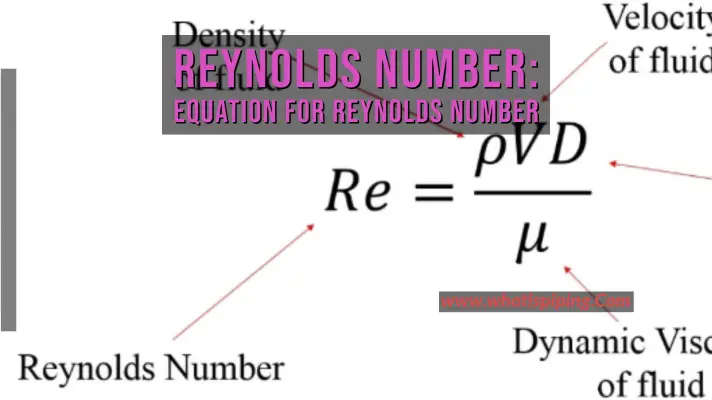

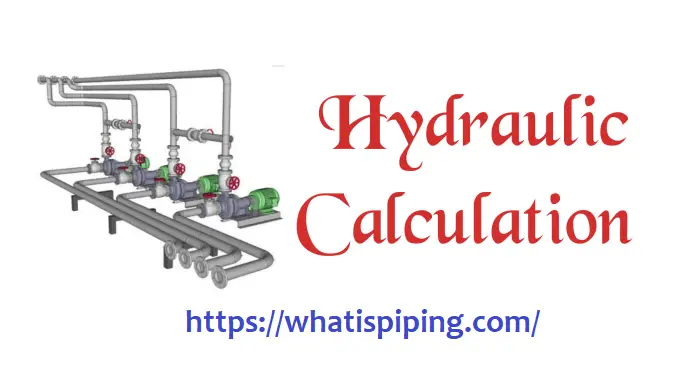
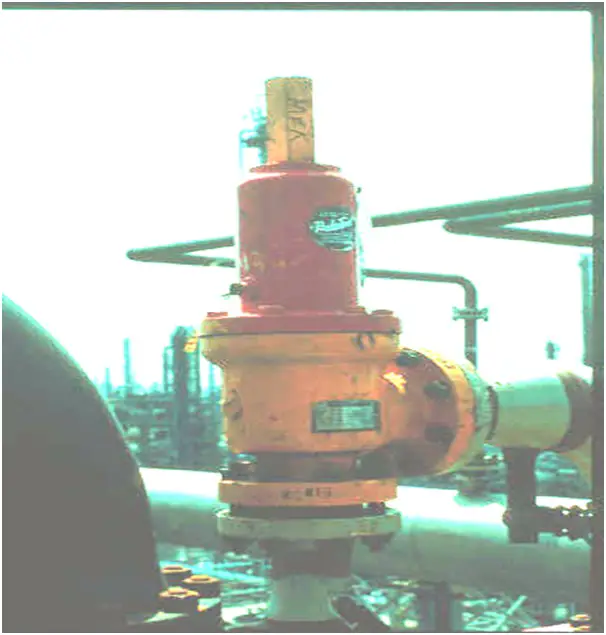
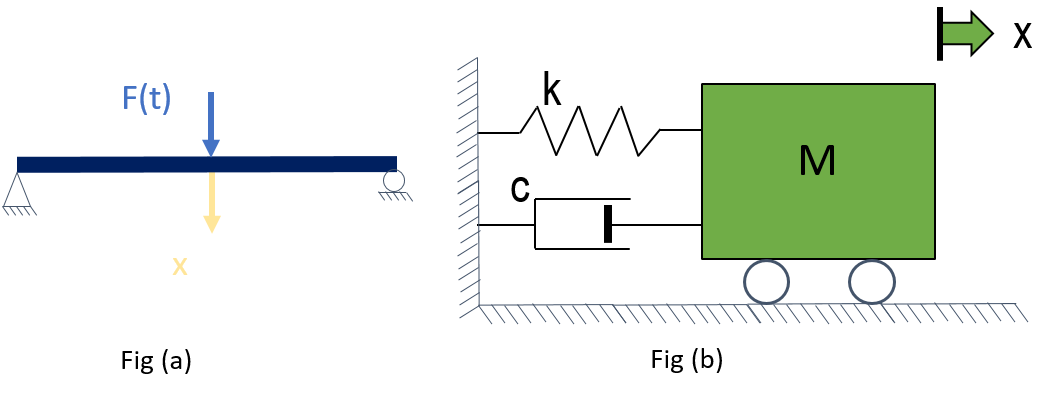

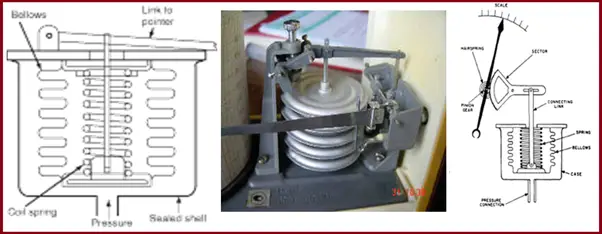
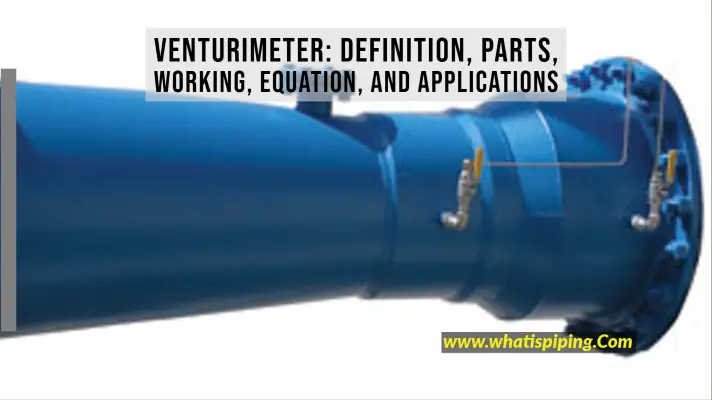
Like it, I will send you some of my calu`s in a few days
Mark wills
Check my LinkedIn articles
I am interested in receiving the PDF